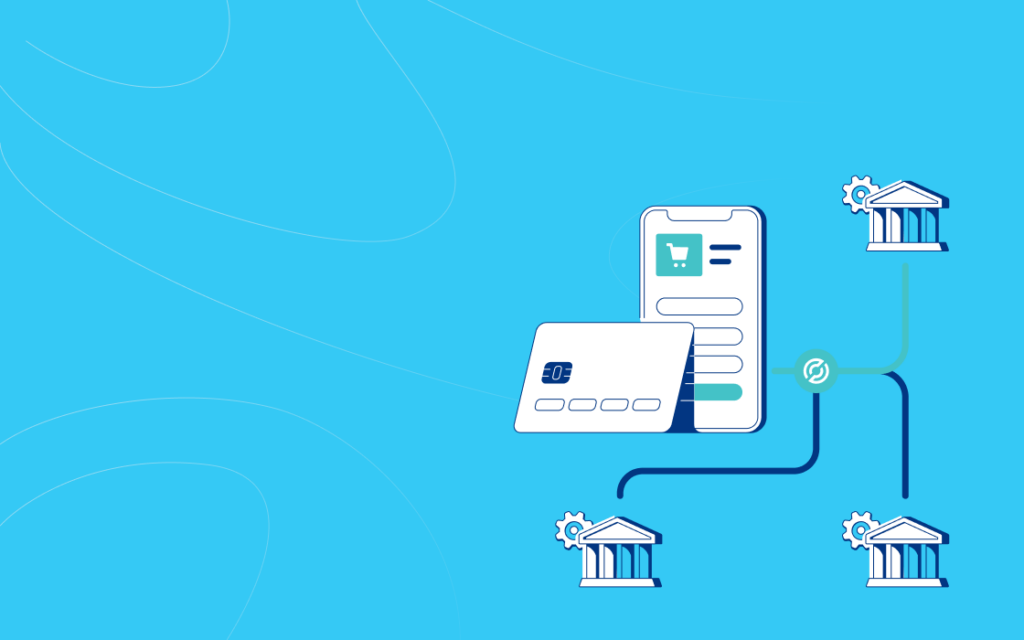Table of Contents
Finally! You did it! Your app is done and ready to conquer the market. But before you leave, please, make the last consideration: How will you maintain the product? Whatever your answer is, get ready to spend a little bit extra.
The industry standard for software maintenance varies between 15 to 20% of app’s development price. Meaning, you can develop another app over 5 next years for the money you spend on maintenance.
How can that possibly happen? To sort things out we need to answer three questions. What does maintenance include? Who can perform maintenance? How does maintenance work?
Types of Web & Mobile App Development Maintenance
We divide all maintenance services into three broad groups: Updates & Enhancements; Monitoring Services; Client Support & Integration Services. Adding to these operating expenses.
Mobile & Web App OPEX:
- Hosting – This is the least heavy expense. For instance, AWS will cost you from $100 to $400 per month, depending on the number of users you have. 80% of all your AWS Costs will come from Amazon EC2 instances and RDS.
- License Renewal – This is an optional expense that depends on whether you have some sort of paid integrations like email-service or video-streaming engine.
- Marketing – You will definitely spend a fraction of your budget on marketing. On average, mobile app developers spend about $2,500 per year for advertising. Utility apps may cost less to promote.
- Monitoring & Client Support – At some point, you must decide whether to spend your own time for communication with clients or hire client support team, which is pricey.
Now, let’s get to the bigger maintenance expenses.
App Updates & Enhancements
Most active apps across App market perform from 1 to 4 updates per month. We’ve already covered how many updates you may need to have and why. Following is the list of works that are considered to be App Updates & Enhancements services.
- Major updates, new functions, and content.
- Design improvements and UI/UX customization.
- Improvement of existing features based on the client’s feedback.
- Obligatory updates to support the new iOS or Android versions. This is what happened recently when all 32-bit iOS apps became obsolete.
- Major version updates of third-party APIs or frameworks, on which your application depends.
Important! On average 45% of application features are never used. Adding to this another 19% of features that are rarely used and you should think twice before introducing new functionality. Every time you think about major updates keep in mind these statistics and maintenance costs. Each function needs some sort of maintenance, but there is a little guarantee this function will be actually used by your audience.
App Monitoring Services
This type of maintenance service largely depends on the size and complexity of your application. The more complex and heavy-loaded your app is, the more checks it will need to stay tuned to the outer challenges like library updates, new user requirements.
- Hosting & third-party payments.
- Server monitoring & app crash monitoring.
- Refactoring or continuous code enhancements.
- Mobile app performance optimization due to spikes in use.
- Correct errors and defects that can occur due to misuse of the app.
- Security reviews are especially important if you have a corporate app.
Analytics
- App feedback monitoring.
- Application usage analytics.
- App store management & monitoring.
- Knowledge management. User guide updates.
Some of these works you can do by yourself. For example, all the analytics is typically done directly by the app owner. This is a good practice. It keeps you in touch with the product and gives you a better understanding of your audience’s preferences. Keep an eye on the analytics and you’ll know exactly what needs to be improved in the first place.
App Support & Integration
Those words seem to have no deal with the coding and development itself. Most of the support works are usually carried out by your employees or by an app owner himself. The exclusion is integration into the existing corporate infrastructure, which is typically performed by the development team during the delivery stage.
- Responding to customer queries.
- Support and staff training programs.
- Integration into the existing corporate infrastructure.
How Does Software Maintenance Work
There is no such thing as free product maintenance. But there are ways to cut those costs.
A good practice is to hire the same team that has initially developed your app to provide Updates & Enhancements. Those guys are already familiar with the code and will carry out all changes much faster than new ones.
As for Monitoring and Support, you’d be better hiring a dedicated specialist or outstaff development works to a cheaper team. Keep in mind that you might need a sort of transition period in order to get up to speed.
There are three possible ways to carry out maintenance works:
Outstaff to a Dedicated Team
You just hire a team and pay for full-time work when the need for update/maintenance arise. This is a suitable variant for corporate apps that require several specialists to work at once. It also plays well when you need a major update that requires several months of work.
Outstaffing also works in cases if you have a continuous development process and multiple updates going one after another.
Additional Milestone
If you have a simple app and need small enhancements, you can just pay for an additional milestone. We use this approach when working with old customers. Each time the overall scope of work reaches at least 40 hours we take this scope as an additional milestone and deliver it.
Bottom Line
Wow! It seems like we have listed too many cases in which maintenance is needed. But fear none. Usually, you need no more than 2 to 3 maintenance instances over the lifetime of your software app. But of course, the exact figures depend on your project size and complexity.
In any case, if you have a mobile or web app that needs maintenance – contact us! We’ll try to keep it simple!






